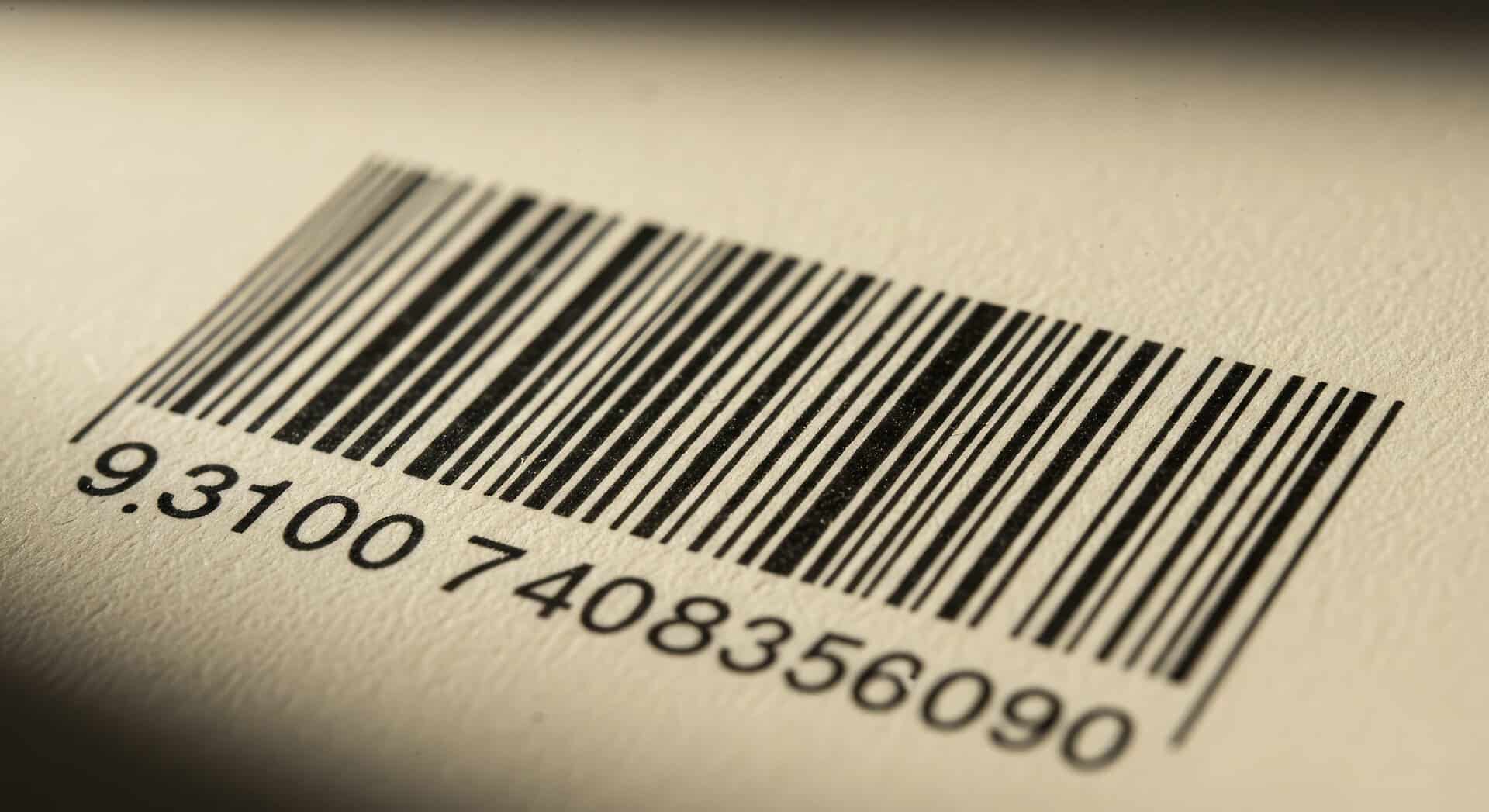IT inventory management can be defined in two distinct categories:
- IT inventory management of distributed IT assets
- IT inventory management of centralized IT assets commonly found in data centers
This blog focuses on the challenges faced when doing IT inventory management of distributed IT assets.
What Does IT Inventory Management Mean?
IT inventory management of distributed IT assets has to do with tracking IT assets that are on the move.
A laptop is a good example. A laptop is generally not found in the data center as it is designed to be mobile, to move with its “owner” — to be changing locations regularly.
Other distributed IT assets can include things like networking equipment, such as switches or wireless access points; office equipment like copiers, fax machines, and desktop computers; or other shared IT assets like A/V carts or projectors.
Why Is Inventory Management Important?
Inventory management is important because inventory is constantly changing. Knowing which IT assets have been taken and where they are can help minimize loss and encourage transparency. This inventory visibility helps resolve problems faster, increase accountability, and improve overall efficiencies.
“Fixing” IT Assets for Better IT Inventory Management in Distributed Environments
The key to better IT inventory management for distributed — and often mobile — IT assets is to accept the mobile nature of the assets. In doing so, you free yourself from thinking about attaching them to a fixed aisle, cabinet, or rack as data center assets are so fixed, and allow yourself instead to attach them to something that is, by nature, “fixed,” yet still mobile — the owner. Leveraging mobile device management solutions further enhances this approach, making it easier to track, secure, and manage IT assets wherever they go.
This provides some great controls for those responsible for IT inventory management. Attaching distributed mobile assets to an owner has the benefit of greatly improving the reliability of the tracking of that IT asset, including the ready auditing of that distributed mobile asset. It also provides process controls, which help ensure responsibility for these types of assets and so eliminates, or at least minimizes, their unrecoverable loss.
There are also distributed assets (that may be mobile as well) that are meant to be “fixed” to an actual location. For instance, extending the example of the laptop, some laptops may be meant for a certain facility, in a certain wing, in a certain office or lab. These types of mobile assets, while distributed, should be “fixed” to the location rather than an owner. Or, possibly, they can be fixed to both a location and an owner, say the owner of that particular location. Which is better depends on your environment and the process controls you’re working with for that particular location.
Choke Points
There are additional ways to help better your IT inventory management for mobile assets in a distributed environment. Setting up “choke points” is a very common way to add some fixed points of reference for mobile assets over a distributed environment. Depending on your environment, its layout, the number of choke point opportunities, etc., this may or may not work in your particular environment.
One example of this is to automate reading of IT asset tags upon entry and exit of a building; this might include tracking the owner at this choke point as well. Another is to track assets between different wings of a building.
Quick Mobile Auditing for IT Inventory Management of Distributed Assets
Regular mobile audits may be the answer for improving IT inventory management in other distributed environments.
For instance, in a city government environment with many departments working across a very large facility, or a campus including multiple buildings, or even in vehicles, doing your IT inventory management may be as simple as regularly walking through the facility or campus with a mobile reader and auditing the areas.
Leveraging barcode and RFID technology can help give you cost-effective, real-time visibility of assets while reducing errors.
Process Counts
As with any other technological solution, tracking mobile IT assets across a distributed environment takes a solid understanding of both modern IT inventory management technologies and a commitment to processes designed for a distributed environment.
There are substantial technologies available today to help with your management of distributed and often mobile IT assets; combine them with the right process improvements and the most modern IT inventory management solutions, including RFID technology, will help you improve processes in your own unique operational environment.
Also Read: How Are Asset Tracking and Inventory Tracking Different?


